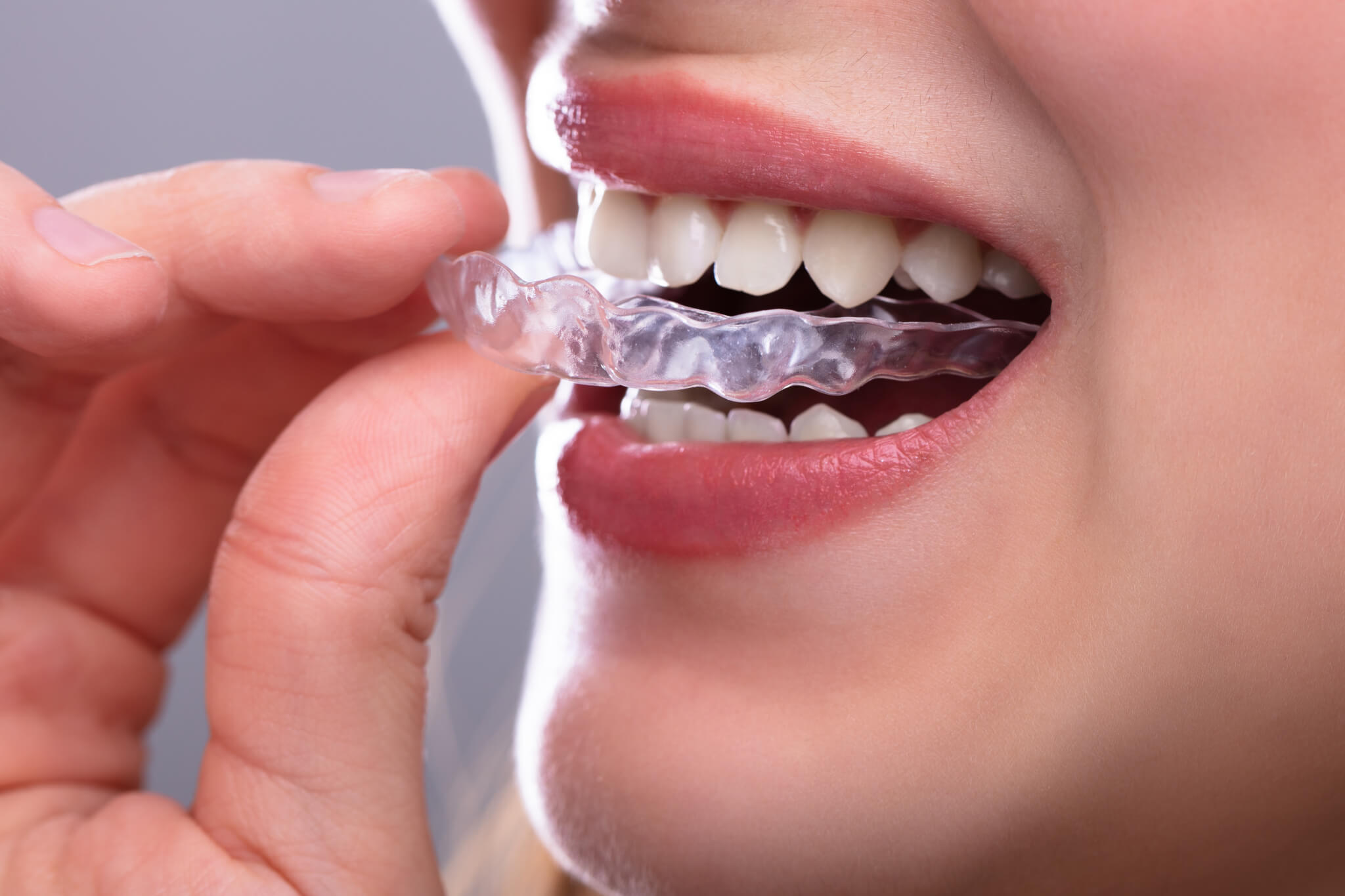Invisible
orthodontics
CLEAR-ALIGNER and Harmony braces is the name of our braces concept for correcting teeth with transparent braces. Finally there’s a solution to correct the position of teeth without annoying and unsightly wires or brackets. People won’t notice that you’re wearing braces. The braces are transparent and therefore extremely inconspicuous. It’s also very gentle — without any wire, clamps, screws or brackets.
Apparently inconspicuous
- The braces are practically invisible
- Particularly gentle method of position correction
- No interference with speech
- Painless to wear
- Total flexibility, you can take it out at any time
- Absolute hygiene
- The perfect alternative to fixed/conventional braces
- Treatment duration is usually short, from six to nine months
Bare your teeth and shape your bite.
Correcting teeth has never been so easy, comfortable and aesthetic.
Apparently inconspicuous
- The braces are practically invisible
- Particularly gentle method of position correction
- No interference with speech
- Painless to wear
- Total flexibility, you can take it out at any time
- Absolute hygiene
- The perfect alternative to fixed/conventional braces
- Treatment duration is usually short, from six to nine months
Bare your teeth and shape your bite.
Correcting teeth has never been so easy, comfortable and aesthetic.

Do you want beautiful teeth?
Dr. Barac is certified in the field of aesthetic dentistry and the many cases he has treated in this field testify to his experience. He is one of approximately 450 dentists among 55,000 dentists in Germany who successfully passed the certification in 2009 after two years of intensive theoretical and practical training and examination.
Crooked teeth are bad for your health
Misaligned teeth can lead to excessive and uneven wear of your teeth. This can lead to temporomandibular joint problems, headaches, neck pain and even breathing problems. If our spine isn’t aligned correctly, this can lead to stress and tension in other parts of our body. This also applies to our teeth. This is why it’s so important to see your dentist to make sure that your teeth are straight and working as they should.
Research in dentistry has shown that crooked teeth lead to gum disease, which causes oral bacteria to enter your bloodstream. The problem with oral infections and inflammation is that it can cause serious health problems like diabetes and heart disease. According to a study published in the American Journal of Cardiology, gum disease can cause a 24–35% increase in coronary artery disease.

